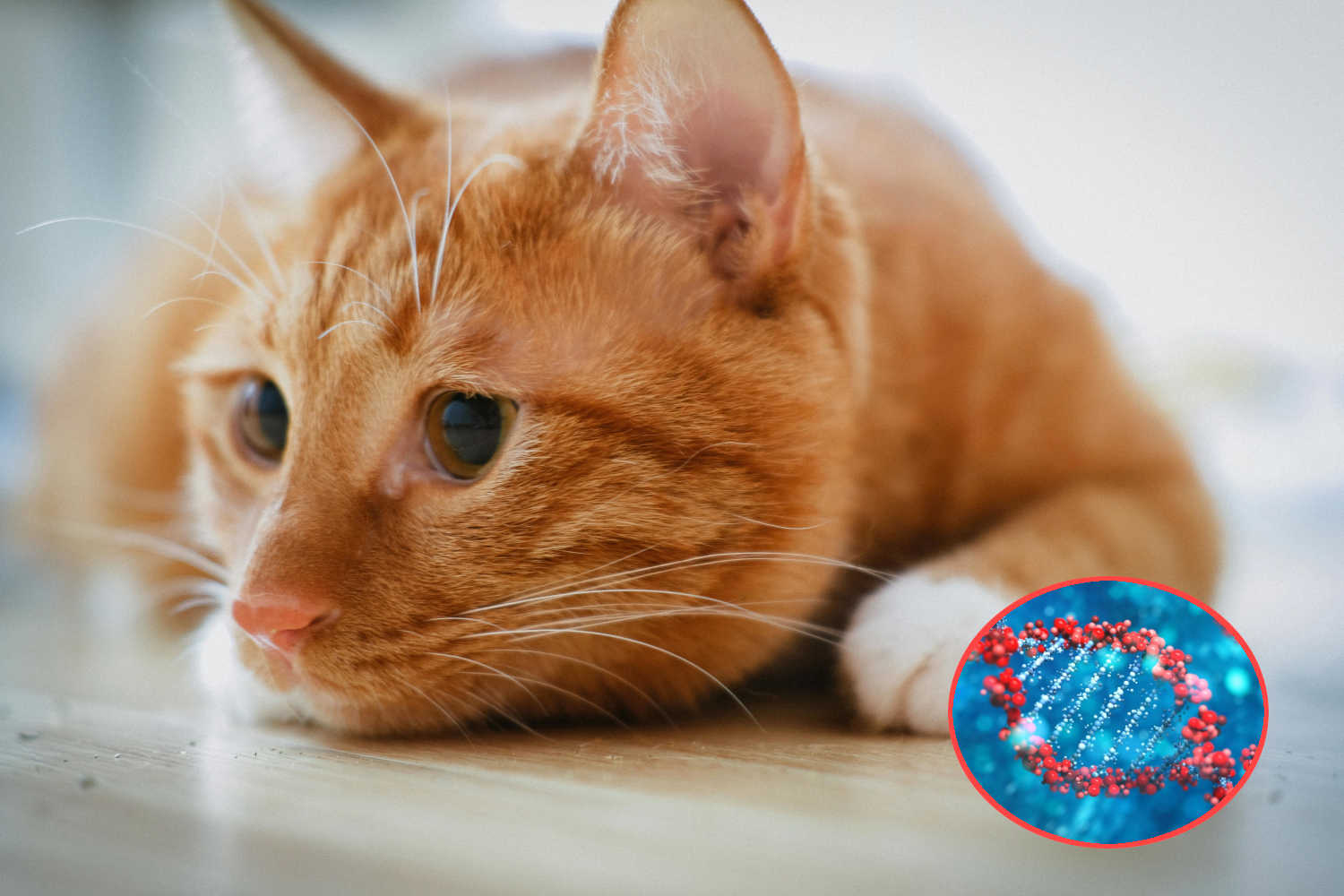What is the secret of orange fur in cats? It all depends on a missing portion of DN: a small deletion on the X chromosome increases the activity of the Arhgap36 gene which alters the production of pigments

@Peng Louis/Pexels @ssilver/123rf
After more than 60 years of speculation, genetics has finally unraveled the mystery behind the distinctive orange fur of some cats. Two independent teams of researchers have reached the same conclusion: it all comes down to a small missing segment of non-coding DNA—a fragment that doesn’t build proteins, but plays a critical role in controlling the expression of a gene known as Arhgap36.
By analyzing skin cells from areas that grow orange fur, scientists discovered that Arhgap36 is activated 13 times more in orange cats compared to those with different coat colors. Surprisingly, the gene itself is not mutated in its coding sequence. Instead, the difference lies in a deletion of about 5 kilobases just upstream of the gene—a change that drastically alters how the gene is expressed.
The orange trait lives on the x chromosome
The interesting twist? This mutation is located on the X chromosome, which explains the striking difference between male and female cats. Males, with only one X chromosome, consistently display an all-orange coat. Females, on the other hand, have two X chromosomes, which leads to a genetic mosaic: some cells express one version of the gene, others express the alternative.
This is what produces the classic calico or tortoiseshell pattern, with patches of orange, black, and white. In extremely rare cases, a female cat can be entirely orange—but only if both copies of her X chromosomes carry the mutation.
A gene that shifts pigmentation from dark to fiery
So what exactly does Arhgap36 do? When overexpressed, this gene interferes with the function of genes involved in producing dark pigments, such as eumelanin. At the same time, it boosts those that control pheomelanin, which is responsible for red and yellow hues. The result: a vivid orange coat.
This discovery not only brings closure to a long-standing genetic puzzle, but it also opens new pathways for studying feline genetics and coat color variation in mammals.
And no, despite the common belief that orange cats are a little scatterbrained, there is no scientific evidence linking fur color with intelligence. Behind that lovable, pumpkin-colored kitty lies a sophisticated genetic symphony worth marveling at.
Source: bioRxiv
